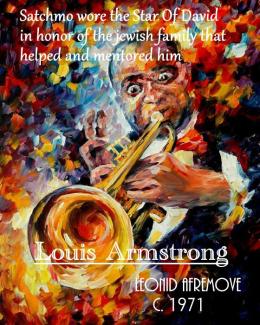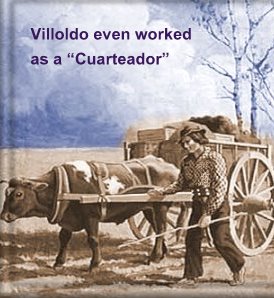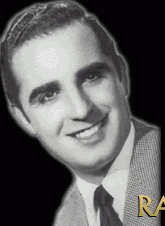1955, March 19 – SATCHMO RECORD, “KISS OF FIRE” (EL CHOCLO)
 Lester Allen and Robert Hill were basking in the fame and glory of their new hit “Kiss of Fire”, when someone finally noticed that it was oddly similar to the immortal tango “El Choclo”…in fact after intense proceedings they finally conceded that it was in fact “El Choclo” and thereafter, on all sheet music, the name of “Angel Villoldo” the orignal composer, preceded theirs…Kiss of fire was a major hit for Georgia Gibbs in 1952 reaching all the way to number 2 on the Billboard Charts…another popular version was the one by Louis Armstrong “Satchmo” which was recorded on March 19, 1955…other celebrated versions were by Nat King Cole, Connie Francis and in Finland, by the “King of Finnish Tango”, Olavi Virta…seeking to capitalize on the immense popularity of ”Kiss of Fire” a film, directed by Joseph M. Newman and starring Jack Palance, was released in 1955…part of the background music is a flamenco like version of “Kiss of Fire”…
Lester Allen and Robert Hill were basking in the fame and glory of their new hit “Kiss of Fire”, when someone finally noticed that it was oddly similar to the immortal tango “El Choclo”…in fact after intense proceedings they finally conceded that it was in fact “El Choclo” and thereafter, on all sheet music, the name of “Angel Villoldo” the orignal composer, preceded theirs…Kiss of fire was a major hit for Georgia Gibbs in 1952 reaching all the way to number 2 on the Billboard Charts…another popular version was the one by Louis Armstrong “Satchmo” which was recorded on March 19, 1955…other celebrated versions were by Nat King Cole, Connie Francis and in Finland, by the “King of Finnish Tango”, Olavi Virta…seeking to capitalize on the immense popularity of ”Kiss of Fire” a film, directed by Joseph M. Newman and starring Jack Palance, was released in 1955…part of the background music is a flamenco like version of “Kiss of Fire”…
***
Angel Villoldo, the original composer of “Kiss of Fire” (El Choclo) was a fascinating man, a sort of Ernest Hemingway and Bob Dylan all in one…he was born on February 16, 1861 into a destitute family in the neighborhood of Barracas, Buenos Aires…he quit school early to work and did many jobs including teamster, herdsman and circus clown before devoting himself to music…..he would become a prolific composer and lyricist of some of the most beloved tangos in history…”El Choclo” became instantly popular all over the world and the story is told that German officers wishing to honor a visiting Argentinean dignitary mistakenly played “El Choclo” believing it to be the national anthem…when it first premiered in the exclusive “El Americano” restaurant in Buenos Aires, the leader of the orchestra had to disguise it by calling it “Danza Criolla” as tango was considered music of the pimps and prostitutes
story is told that German officers wishing to honor a visiting Argentinean dignitary mistakenly played “El Choclo” believing it to be the national anthem…when it first premiered in the exclusive “El Americano” restaurant in Buenos Aires, the leader of the orchestra had to disguise it by calling it “Danza Criolla” as tango was considered music of the pimps and prostitutes
______________
CLICK HERE– http://www.youtube.com/watch?v=XCXxJFmfGVc&playnext=1&list=
PL2E1CB4660C675B65 Louis Armstrong “Sarchmo” sing “Kiss of Fire (El Ch0clo)












